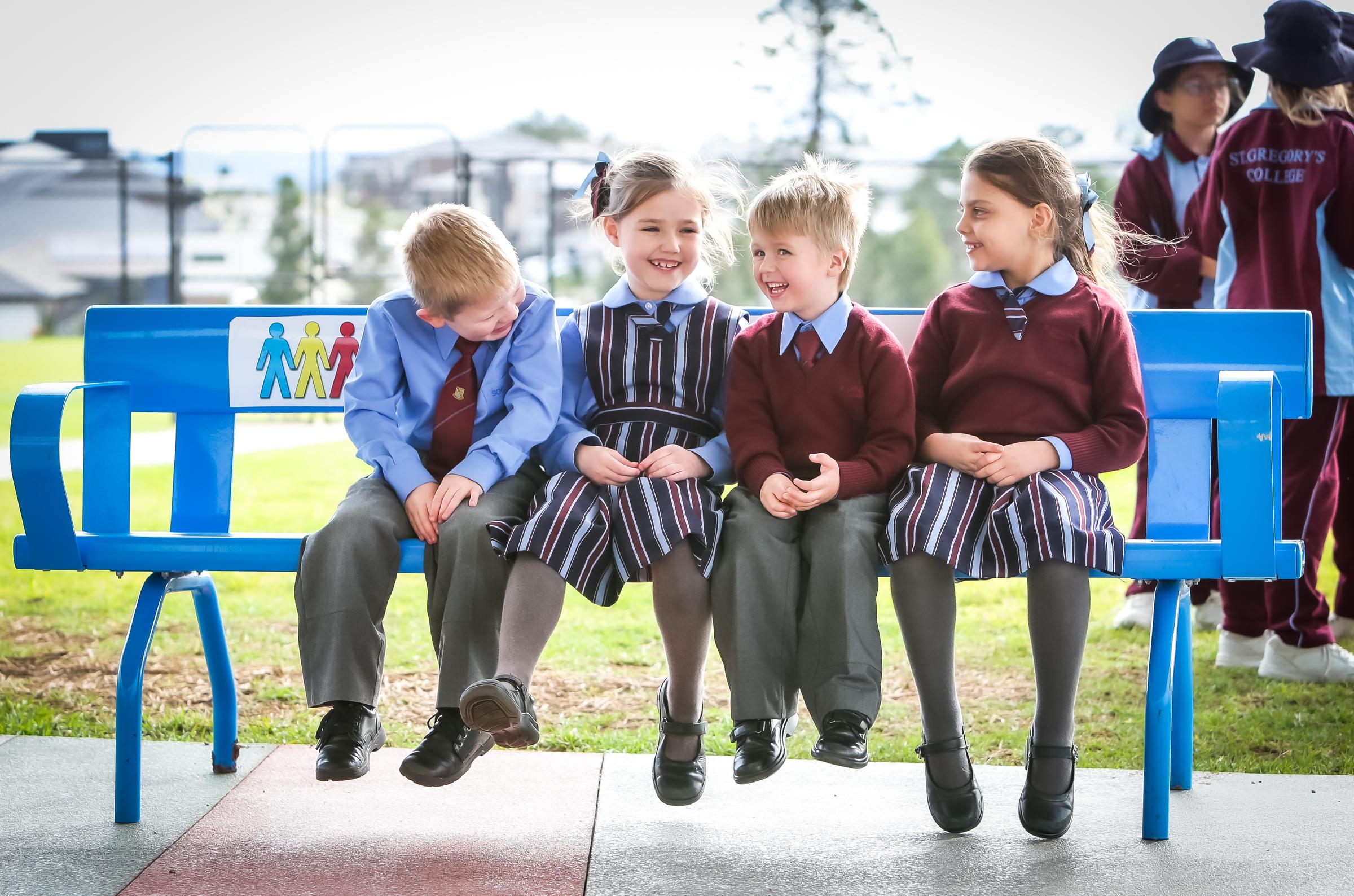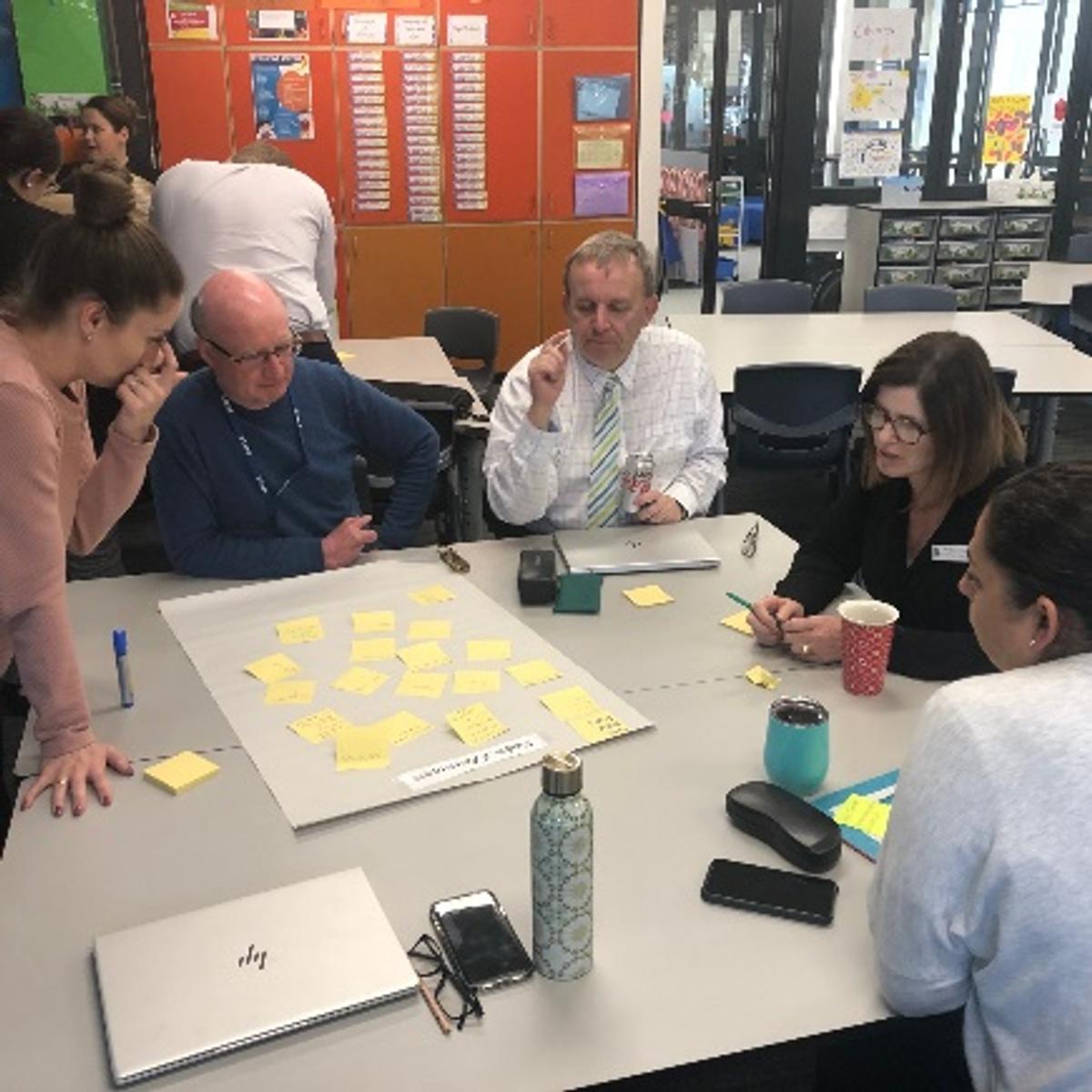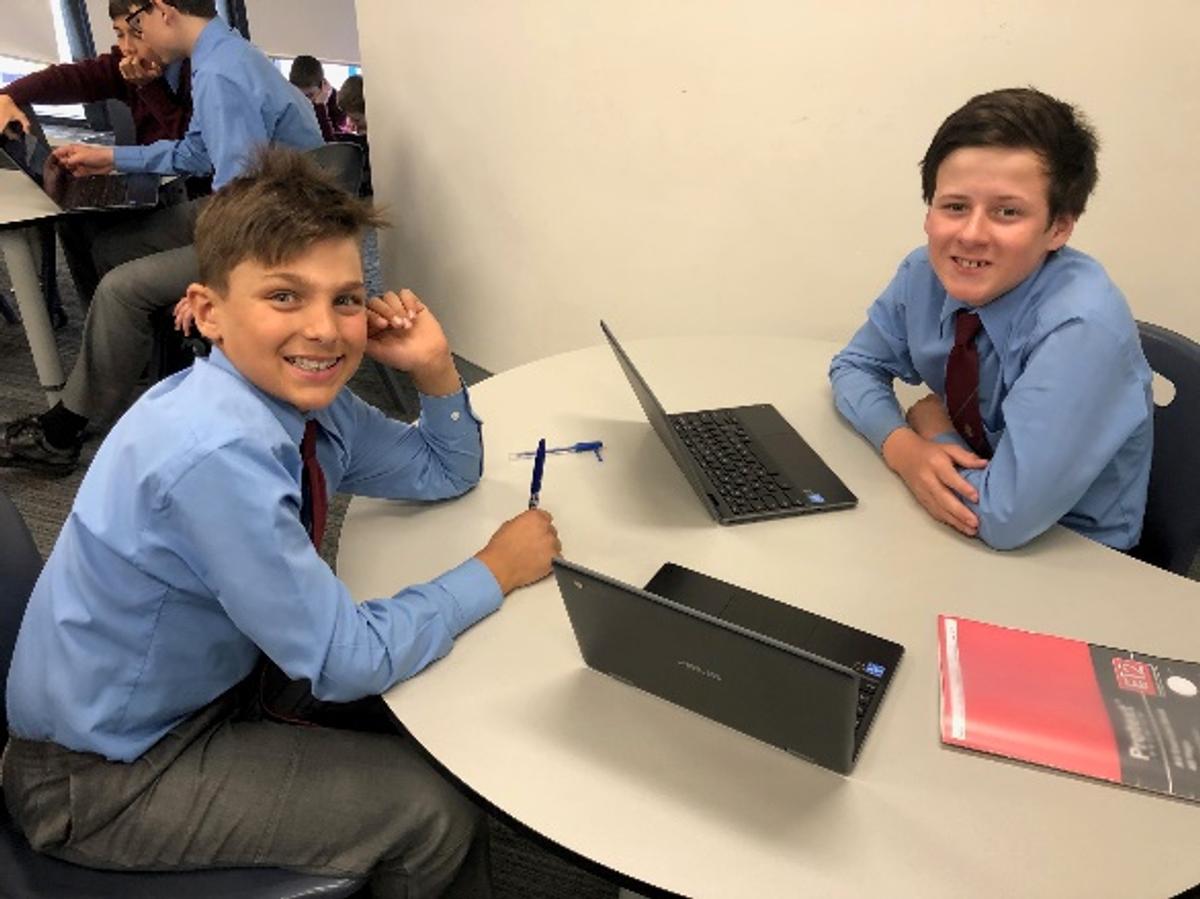From the Head of Junior School

Dear Members of the St Gregory’s College Community,
One of the highlights of my job is hearing and witnessing conversations about learning; whether these conversations are from students or teachers, I get a kick out of hearing them. This, after all, is what schools should be about…learning! I am pleased to say that this is a constant at St Gregory’s College. As I walk around the classrooms students and teachers are talking about learning. As I walk into the staffroom and planning meetings teachers are talking about learning.
Even better than conversations about learning taking place at school are learning conversations that continue at home. At the beginning of the year, I mentioned the idea of Action; students taking their learning further outside of the classroom. It has been great to begin receiving emails from parents about these types of situations. We are thrilled to be able to celebrate this with our students. Please don’t hesitate to send examples of Action to your child’s class teacher whether it is big or small. Later in this Newsletter, I have acknowledged the work of one of our Kindergarten students who has displayed authentic action. Take a look, I have been suitably impressed!
What’s in a Question?
Teachers and students across our Junior School strive to formulate the best possible questions to achieve the best possible responses. In Year 5 last week I was a part of a conversation about having the students strive to move beyond the ‘surface question’ that provides a single and straightforward answer.
Questioning is so important in developing a child’s understanding of the world around them. At home and school, we can engage our children in interesting conversations by asking open-ended questions which gets them to do all the hard work by doing the talking.
How many times have we fallen into that trap of asking “How was school today? What did you do?” I know that as a parent, it is the first line of questioning that I use. As parents, we want to know, however, these kinds of questions give minimal information. Now, all children are different . . . some are over-sharers and some are extremely hard to get much out of, particularly after a big school day! But, how familiar are the 1 or 2-word responses that really don’t tell us much at all as parents. When we prompt our children with simple closed questions, we get that type of response and the children don’t get to do the hard work – we parents do because we have to ask all those questions in rapid-fire one after the other to get information. Traditionally, as our children get older the information gets less and less. So, using questioning techniques will get the students to start to share more.
Children, in my opinion, should be encouraged to ask more questions not fewer. When you ask your child questions, you are modelling what a good question looks like and sounds like. With as much modelling as possible from the home and school environments, children become proficient in asking and responding to questions which increase in difficulty and openness. I know that since we have taken on the PYP, this is one area that I have seen increased growth in the classroom.
But wait a minute – we want the kids to do all the hard work?
What we want to do, as parents, is to have to only ask one or two questions that will have the children talking so much that all we have to do is sit back and listen.
So how can we ask these sorts of questions? We want our students to create those questions that are “unGoogleAble” – unable to find the answer easily (if at all) on the Internet or in other resources no matter how hard you look.
Let’s move beyond the basic “How was your day?” and consider these kinds of questions:
- What have your friends been up to?
- What will you look forward to doing tomorrow at school?
- If your favourite stuffed animal could talk, what would it say?
- What made you smile or laugh extra today?
- What do you think you will dream about tonight?
- If you wrote a book, what would it be about?
- (When reading a book together) What character do you enjoy the most?
- What makes your friends so awesome?
There is always the risk of the one-word or short phrase response to some of these kinds of questions. The trick is to follow it up with “Why” or “How” to encourage elaboration and engagement in the conversation.
When asking and responding to questions, the aim is to show your child that you are genuinely interested and curious in what they have to say and not just robotically asking, and, for adults, it’s a great way to exercise our own creativity and imagination.
As parents and teachers, we are all modelling the importance of curiosity.
“I have no special talent. I am only passionately curious.”
Albert Einstein
As our St Gregory’s College motto states, ‘You will reap what you sow’.
Mr Joel Weekes
Head of Junior School




